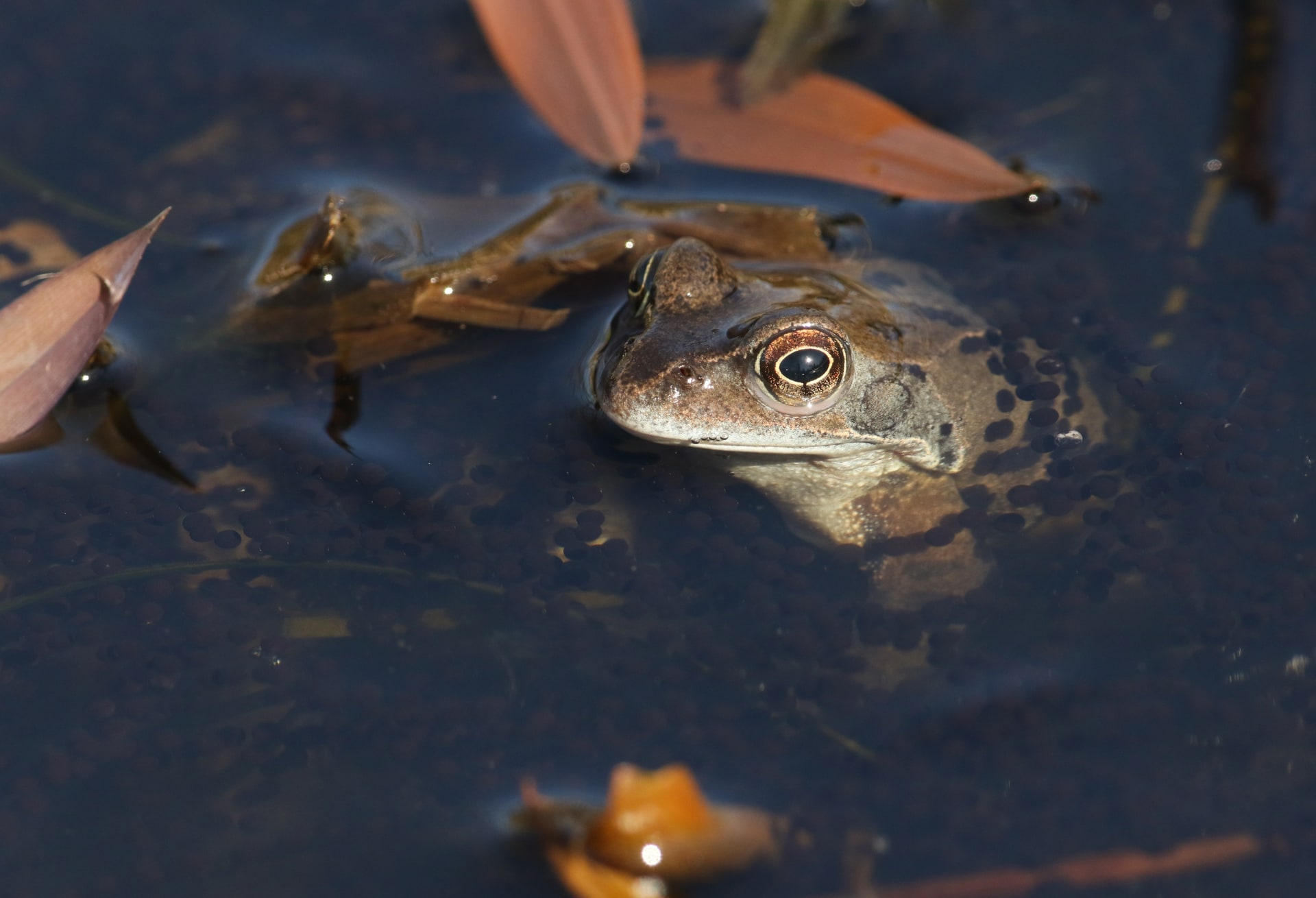With all the rain and high groundwater we’ve had recently, it’s an idea to use the water creatively and make your own wildlife pond. Ponds are an oasis for wildlife, buzzing with activity and they provide important refuges and bridges across urban environments.
Research shows that as well as providing a unique habitat for aquatic creatures, ponds are also very good at sequestering carbon. The only take up a tiny portion of land space in the UK, (about 0.0006%, compared to the 36% of grasslands) yet one study found that metre for metre, ponds can bury 20-30 times more carbon than woodlands, grasslands or other habitat types. The half a million garden ponds in the UK play an important but largely unappreciated role in mitigating climate change.
Ponds are also a fantastic instrument against climate change because they give people a way in which to take practical action. I’m at the beginning of a wildlife project at Bicester School. A wonderful group of sixth formers and myself are building a pond and applying for a community grant for the kit: a liner, sand, a water butt and native plants to create a permanent wildlife habitat.
We’re planning to make the pond as natural as possible, to both encourage wildlife and boost the ability of the pond to mop up atmospheric carbon. Permanent and naturally vegetated ponds are the best at sequestering carbon dioxide, our planting will include thick moss and native aquatic grasses to help do a good job of absorbing and storing carbon.
The least efficient ponds are temporary, shallow, arable ponds which lack vegetation and are regularly disturbed. However, even these algae ponds have their role in mopping up other greenhouse gases, like nitrous oxide.
freshwaterhabitats.org.uk has useful free resources on their website. Their guide also has advice on choosing a suitable location for a pond.
wildoxfordshire.org.uk has a guidance page (under Ponds and Watery Habitats) which includes a Froglife brochure called, ‘Just add water- how to build a wildlife pond’. There are some useful tips on making and managing the pond, and also suitable plants and how to attract wildlife.
Lastly, rhs.org.uk and bbowt.org.uk are also good sources of practical information. In Oxfordshire we’re lucky to have fabulous community groups who offer additional advice and potentially hands-on help. For example Kirtlington Wildlife and Conservation Society (KWACS): kirtlingtonvillage.co.uk/kwacs who oversee their large village pond.
Building a wildlife pond is relatively straight forward but could play a priceless part in reducing greenhouse gases and climate change.









